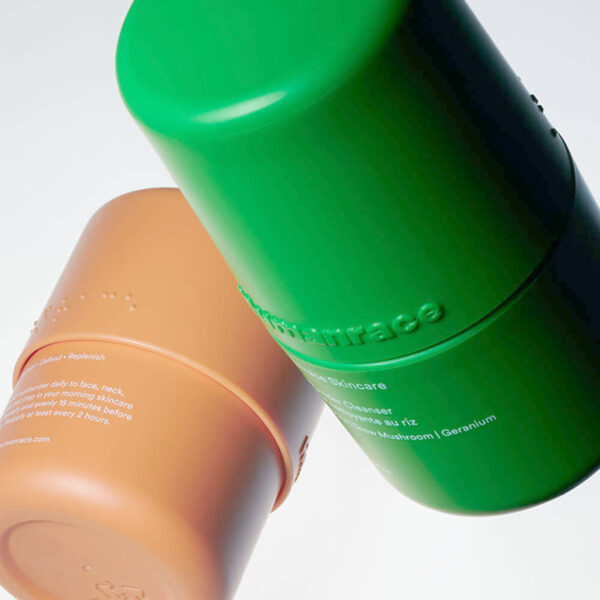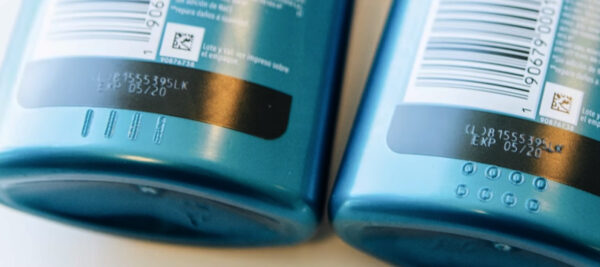How Inclusive Design is Reshaping Tomorrow’s Packaging

Moving from the margins to the mainstream—why designing for disability creates universal solutions that benefit everyone.
A quiet revolution in packaging design is emerging in a world obsessed with average consumers and standard use cases. Inclusive design—creating solutions that work for people across the full spectrum of human ability—is revealing itself not as a constraint to navigate but as a catalyst for innovation that benefits everyone.
You can also read: Inclusive Packaging: Bridging the Gap for All Consumers.
The numbers tell a compelling story that extends far beyond moral imperatives. Today, 16% of the global population lives with a disability, controlling $6.9 trillion in disposable income. Still, when we factor in temporary and situational limitations, a broken arm, arthritis flare-ups, or simply trying to open packaging with wet hands, that percentage climbs dramatically. By 2050, the population over 50 will double, bringing age-related changes in vision, dexterity, and strength into sharp focus. Meanwhile, over 50% of consumers are prepared to switch brands due to frustrating packaging experiences. We’re not designing for “others” but for our future selves.
Understanding the Seven Universal Design Principles

Humanrace skincare by Pharrell Williams features gender and race-neutral green packaging with braille wordmarks embossed on container lids and numbered dot systems for routine sequencing. The refillable design eliminates demographic targeting while incorporating tactile accessibility features, proving inclusive wellness doesn’t require complicated product ranges or gendered aesthetics. Design by Working Method.
The foundation of inclusive design rests on seven established principles that provide a framework extending far beyond accessibility compliance: equitable use ensures designs work for people with diverse abilities; flexibility in use accommodates different preferences and capabilities; intuitive and straightforward operation eliminates unnecessary complexity; perceptible information communicates effectively regardless of ambient conditions; tolerance for error minimizes hazards from accidental actions; low physical effort reduces fatigue and strain; and appropriate size and space accommodate reach and manipulation regardless of body size or mobility.
However, traditional approaches often treat accessibility as an afterthought, a special case to accommodate rather than a fundamental design principle to embrace. This mindset creates what disability advocates call the “disability tax”—specialized solutions that cost more and perform marginally. But forward-thinking designers are discovering that designing from the margins inward yields unexpected benefits.
Consider the spray trigger mechanism. Originally developed for painting applications, its ergonomic design has become indispensable for people with dexterity challenges using hairspray, deodorant, and cleaning products. The Phillips OneBlade razor, with its exceptional grip, serves users with limited hand function while delivering superior control for everyone. These weren’t marketed as “adaptive” products—they worked better.
Beyond Universal Design Principles
The seven principles provide a foundation, but packaging demands deeper consideration. Solutions must perform across diverse retail environments, embody brand values, work within complex supply chains, and meet sustainability requirements. This complexity requires moving beyond basic usability toward inclusive design excellence. The most revealing insights come from ethnographic research with disabled users. Through necessity, people who experience difficulties develop genius ways to navigate around packaging barriers, creating innovative hacks and workarounds. These user-generated solutions become invaluable starting points for teams willing to observe and learn.
The Sensorial Design Challenge

Herbal Essences bottles feature tactile markers—raised lines and dots—that enable people with vision impairment to differentiate between shampoo and conditioner through touch. The simple yet effective system also assists non-English speakers in product identification. Design by Procter & Gamble.
Inclusive packaging demands thinking beyond visual design. When people cannot see color-coded caps or read small text, they rely on tactile differentiation, auditory feedback, and intuitive mechanical operation. Herbal Essences pioneered tactile markers distinguishing shampoo from conditioner—not through additional materials but through strategic surface texturing during molding. This sensorial approach extends to opening mechanisms, dispensing systems, and disposal guidance. The challenge is to integrate these features seamlessly within existing manufacturing processes rather than adding costly secondary operations.
The Strategic Imperative
Legislation is driving change—the Americans with Disabilities Act and the upcoming European Accessibility Act mandate more accessible product information through digital, visual, and tactile cues. Major retailers like Amazon, Carrefour, and Co-op are encouraging suppliers to meet inclusive packaging certifications. Companies like Microsoft have developed comprehensive packaging guidelines with specific metrics: recommended font sizes, color contrast ratios, and maximum opening force requirements.
The future belongs to designers who understand that creating for human diversity isn’t a limitation—it’s a competitive advantage. When we develop solutions for people with tremors, limited vision, or cognitive differences, we create products that perform better under stress, in poor lighting, or during distracted use. We design for reality, not idealized conditions.
Inclusive design isn’t about creating separate solutions—it’s about making better solutions for everyone.
